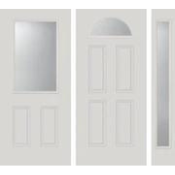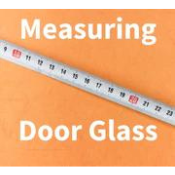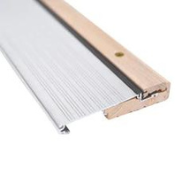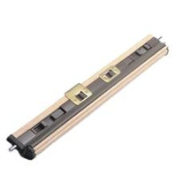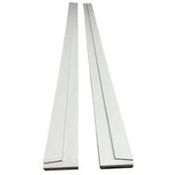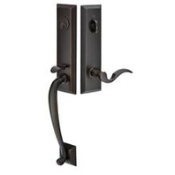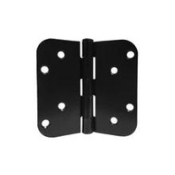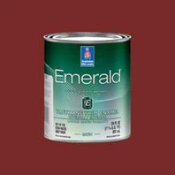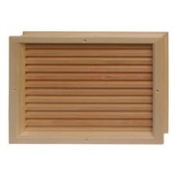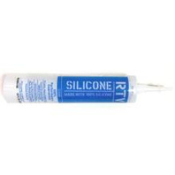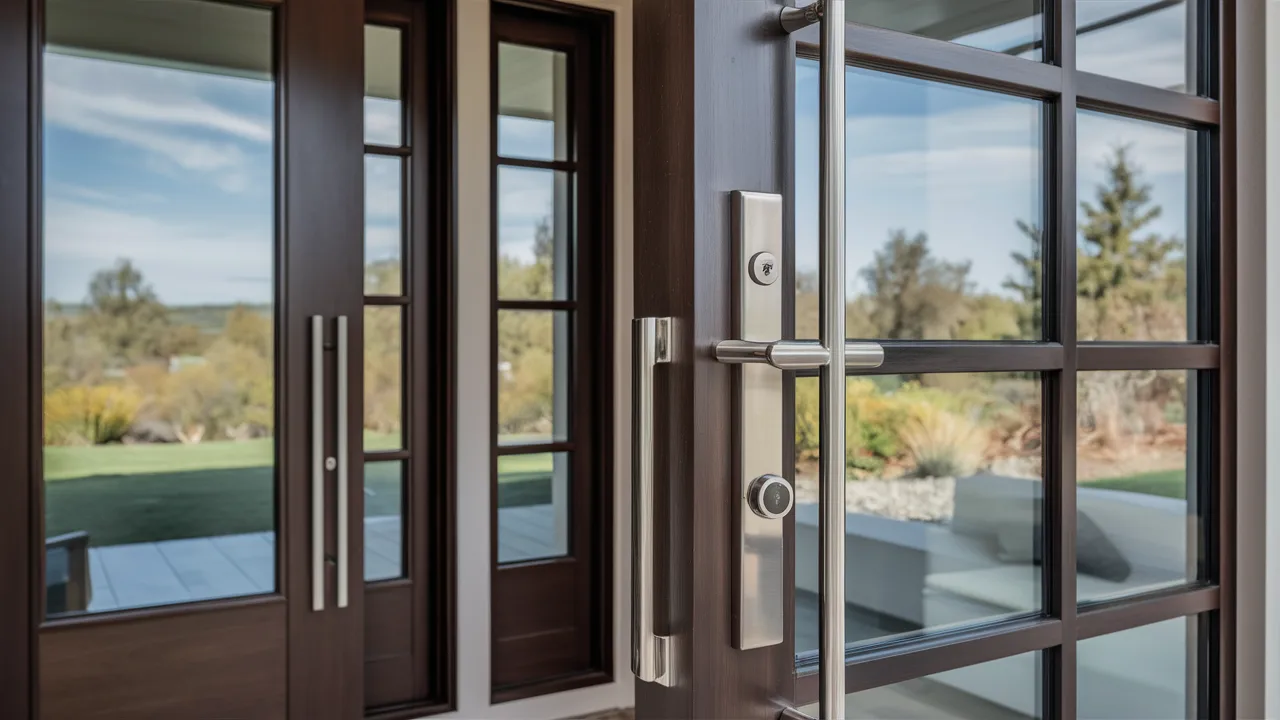
In the quest for a greener home and reduced energy bills, the role of energy-efficient doors often flies under the radar. Yet, these unsung heroes are pivotal in maintaining a comfortable indoor environment and slashing energy costs. In this guide, we’ll explore why and how to choose the best energy-efficient exterior front doors with glass doors for your home.
Key Takeaways
- Energy-efficient doors are crucial for maintaining indoor temperature regulation, cutting down energy costs, and enhancing comfort and health.
- Look for doors with the Energy Star label, as they are certified to meet specific energy efficiency criteria for different climates.
- Proper installation, sealing, and regular maintenance of doors are essential to maximize energy savings and door longevity.
- Comparing different door materials like wood, steel, insulated glass, and fiberglass can help you find the best balance between cost, aesthetics, and long-term savings.
- Investing in eco-friendly doors is not just beneficial for your wallet but also contributes positively to environmental sustainability.
Benefits of Energy-Efficient Doors
-
Indoor Temperature Regulation
A well-insulated door keeps your home comfortable year-round, reducing the burden on your heating and cooling systems. Traditional, inefficient doors and windows often lead to significant energy loss, forcing heating and cooling systems to work overtime and consume more energy.
-
Cutting Down Energy Costs

Energy-efficient doors can significantly lower your energy bills by minimizing heat loss and gain. It’s an investment that pays for itself over time. Fiberglass doors offer a unique combination of durability, energy efficiency, and low maintenance requirements, all of which contribute to long-term cost savings.
-
Enhanced Comfort and Health
Energy-efficient doors help maintain a consistent indoor temperature, which can enhance overall comfort and well-being. By reducing drafts and cold spots, these doors create a more stable and pleasant living environment.
-
Environmental Impact
By reducing energy consumption, energy-efficient doors contribute to lower carbon emissions. It’s a step towards a more sustainable future. Additionally, many governments and utility companies offer rebates and incentives for installing doors, making it an even more attractive investment.
Features to Look For In Doors
-
Energy Star Label
When shopping for eco-friendly doors, one of the first things to look for is the Energy Star label. This label indicates that the door meets strict energy performance standards the U.S. Environmental Protection Agency set. A lot of the information you need to pick a door can be found on its label, including its energy performance ratings. This can help you make an informed decision and ensure that the door will contribute to your home's energy efficiency.
-
Material and Insulation
The material of the door plays a crucial role in its energy efficiency. Common materials include wood, steel, and fiberglass. While wood doors are aesthetically pleasing, steel and fiberglass doors are generally more energy-efficient. Steel doors, for instance, can mimic the look of wood doors but offer better insulation. Additionally, doors with higher R-values provide better insulation, which is essential for maintaining indoor temperature regulation.
-
Glass Options
If you choose Exterior Front Doors with Glass inserts, it's important to consider the type of glass used. Glass is a poor insulator, so look for options that include double or triple glazing, low-emissivity (Low-E) coatings, and gas fills between the panes. These features can significantly improve the door's insulation properties, helping to reduce heating and cooling costs. Moreover, the design and placement of the glass can also impact the eco-friendly front doors.
Door Installation Tips for Energy Savings
-
Professional Installation

For optimal energy savings, it's crucial to deal only with reputable professionals who specialize in energy-efficient installations. Proper fitting is essential to prevent air leaks and ensure maximum efficiency. This is particularly important in older homes where existing structures may not be as airtight. Door experts can provide valuable insights and ensure that your door is installed correctly, maximizing its energy-saving potential.
-
Proper Sealing and Weatherstripping
A door is only as good as its seal. Proper weatherstripping and tight-fitting frames prevent air leaks, a major culprit in energy inefficiency. Make sure to check all important components for looseness and wear. Lubricate or oil moving parts and locking points at least once a year to maintain a tight seal. This simple maintenance can significantly improve your door's performance and longevity.
-
Regular Maintenance
Regular maintenance is key to ensuring your door remains energy-efficient over time. Here are some steps to follow:
- Inspect the door and its frame for any signs of wear or damage.
- Lubricate or oil moving parts and locking points at least once a year.
- Check and replace weatherstripping as needed.
- Ensure that the door closes tightly and securely to prevent air leaks.
By following these steps, you can keep your door in top condition, ensuring it continues to provide energy savings for years to come.
Comparing Door Options
-
Wood vs. Steel vs. Fiberglass
When it comes to choosing the right door for your home, understanding the differences between wood, steel, insulated glass, and fiberglass doors is crucial. Fiberglass doors have the greatest potential for cost savings in comparison to steel and wood doors. Wood doors offer a classic and natural look but may require more maintenance. Steel doors are durable and often more energy-efficient, mimicking the look of wood without the upkeep.
-
Cost vs. Long-Term Savings
While the initial cost of energy-efficient doors might be higher, the long-term savings on energy bills can be substantial. According to the US Department of Energy, fiberglass doors provide significant cost savings over time. It's essential to consider the R-values and energy efficiency of exterior doors, as these factors directly impact insulation and energy costs.
-
Aesthetic and Functional Considerations
Today's market offers a wide range of designs, ensuring that energy efficiency does not mean compromising on style. From traditional to contemporary designs, you can find doors that complement your home's aesthetic while providing the necessary energy efficiency. Customization options, such as color, finish, hardware, and style, allow you to tailor the door to your specific needs and preferences. We invite you to further customize your comparison experience by selecting the filters and products that best meet your requirements.
When it comes to choosing the Exterior Front Doors with Glass for your home, the options can be overwhelming. Whether you're looking for entry doors, patio doors, or interior doors, we have a wide selection designed to meet your needs. For expert advice and to explore our top-quality doors, visit Peasedoors today.
Conclusion
Investing in energy-efficient doors is a strategic move towards a more sustainable and cost-effective home. These doors not only enhance indoor comfort by regulating temperature but also significantly reduce energy bills over time. By understanding the benefits, knowing what features to look for, and following proper installation tips, homeowners can make informed decisions that align with their budget and environmental goals. Whether you're comparing different door options or seeking professional advice, remember that an energy-efficient door is more than just an entryway—it's a commitment to a greener future. Start your journey to energy savings today by choosing the right door for your home.
Frequently Asked Questions
1. What are the main benefits of energy-efficient doors?
They help regulate indoor temperatures, reduce energy costs, enhance comfort and health, and have a positive environmental impact.
2. What features should I look for in an energy-efficient door?
Look for an Energy Star label, high-quality materials and insulation, and efficient glass options.
3. How important is a professional installation for energy-efficient doors?
Professional installation ensures that the door is properly fitted and sealed, maximizing its energy-saving potential.
4. What maintenance is required for doors?
Regular maintenance, including checking seals and weatherstripping, is essential to maintain the door's energy efficiency.
5. How do energy-efficient doors impact energy bills?
By minimizing heat loss and gain, they can significantly lower your energy bills over time and increase home energy savings.
6. What are the differences between wood, steel, and fiberglass doors in terms of energy efficiency?
Wood doors offer natural insulation, steel doors are durable and often insulated, and fiberglass doors provide excellent insulation and durability.


